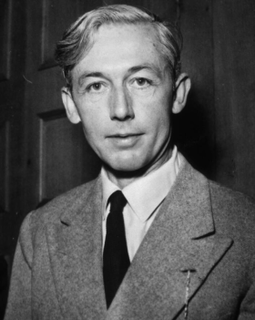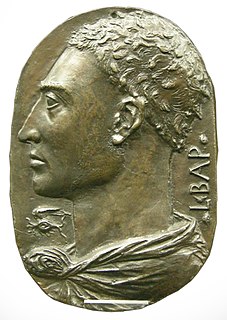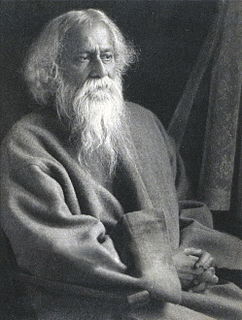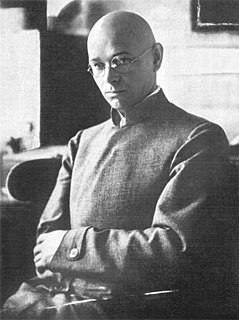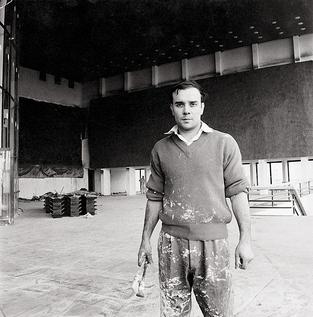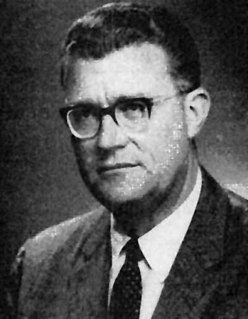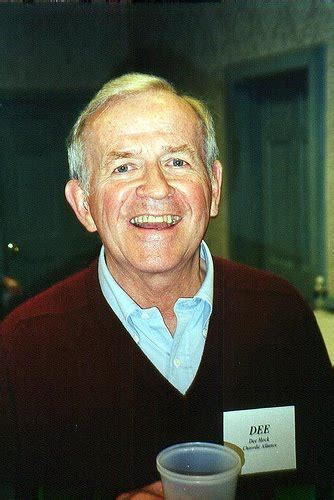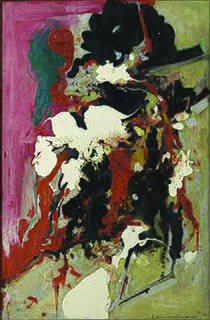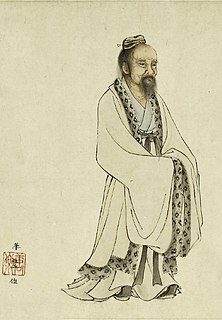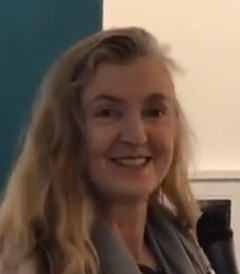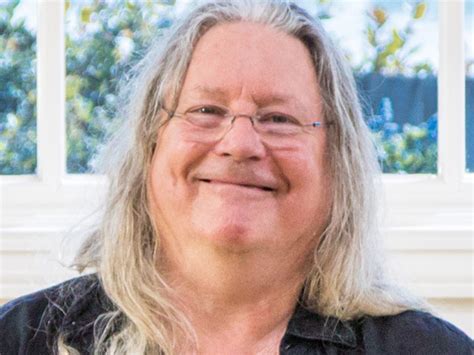A Quote by Robert Bresson
Ten properties of an object, according to Leonardo: light and dark, color and substance, form and position, distance and nearness, movement and stillness.
Related Quotes
There is a point where in the mystery of existence contradictions meet; where movement is not all movement and stillness is not all stillness; where the idea and the form, the within and the without, are united; where infinite becomes finite, yet not losing its infinity. If this meeting is dissolved, then things become unreal.
Object in/ and space - the first impulse may be to give the object - a position - to place the object. (The object had a position to begin with.) Next - to change the position of the object. - Rauschenberg's early sculptures - A board with some rocks on it. The rocks can be anywhere on the board. - Cage's Japanese rock garden - The rocks can be anywhere (within the garden).
All that is limited by form, semblance, sound, color is called object. Among them all, man alone is more than an object. Though, like objects, he has form and semblance, He is not limited to form. He is more. He can attain to formlessness. When he is beyond form and semblance, beyond "this" and "that," where is the comparison with another object? Where is the conflict? What can stand in his way? He will rest in his eternal place which is no-place. He will be hidden in his own unfathomable secret. His nature sinks to its root in the One. His vitality, his power hide in secret Tao.
For many years, I have been moved by the blue at the far edge of what can be seen, that color of horizons, of remote mountain ranges, of anything far away. The color of that distance is the color of an emotion, the color of solitude and of desire, the color of there seen from here, the color of where you are not. And the color of where you can never go.
Stillness is not the absence or negation of energy, life, or movement. Stillness is dynamic. It is unconflicted movement, life in harmony with itself, skill in action. It can be experienced whenever there is total, uninhibited, unconflicted participation in the moment you are in—when you are wholeheartedly present with whatever you are doing.
